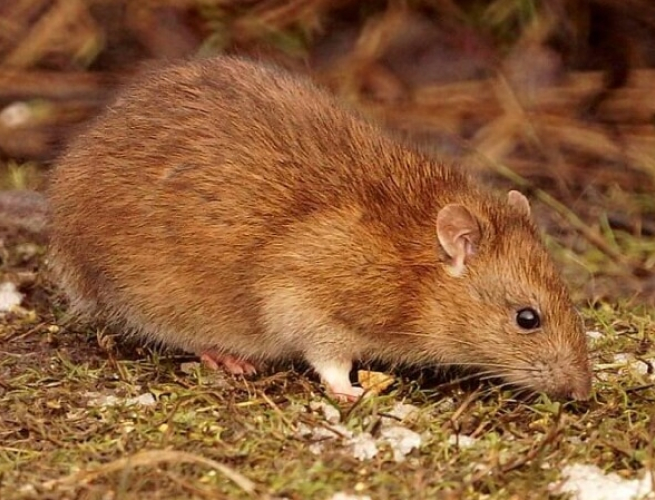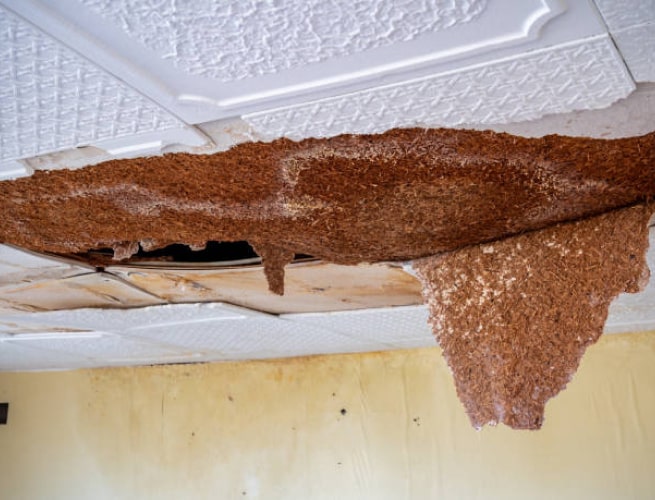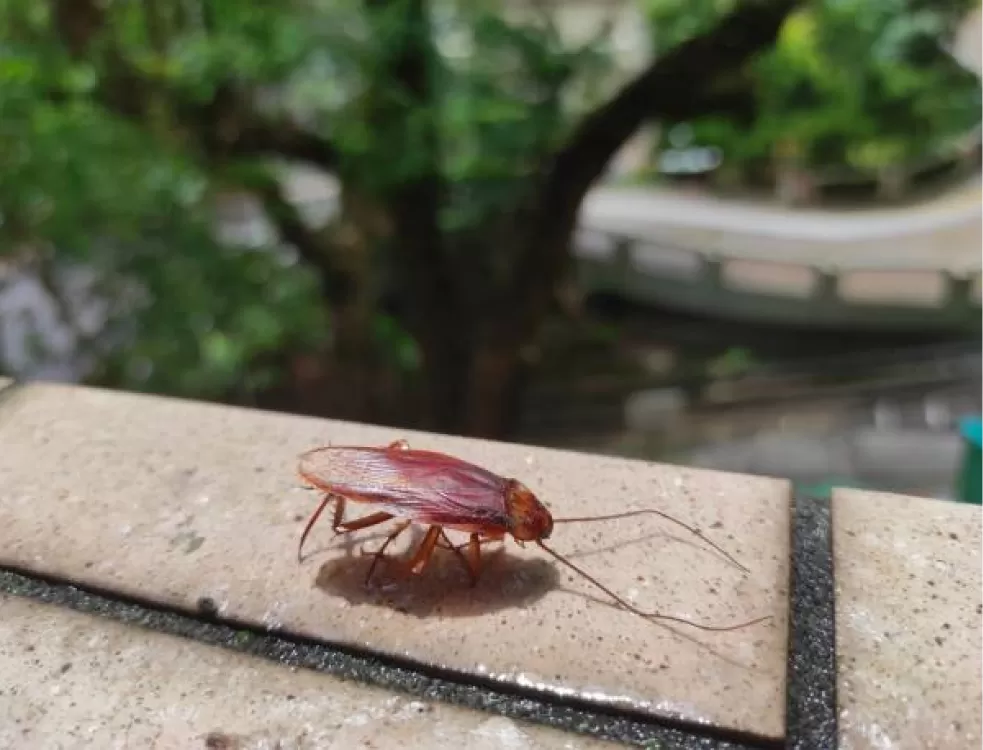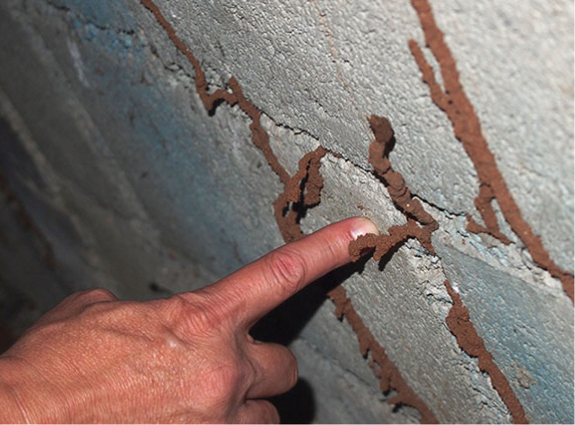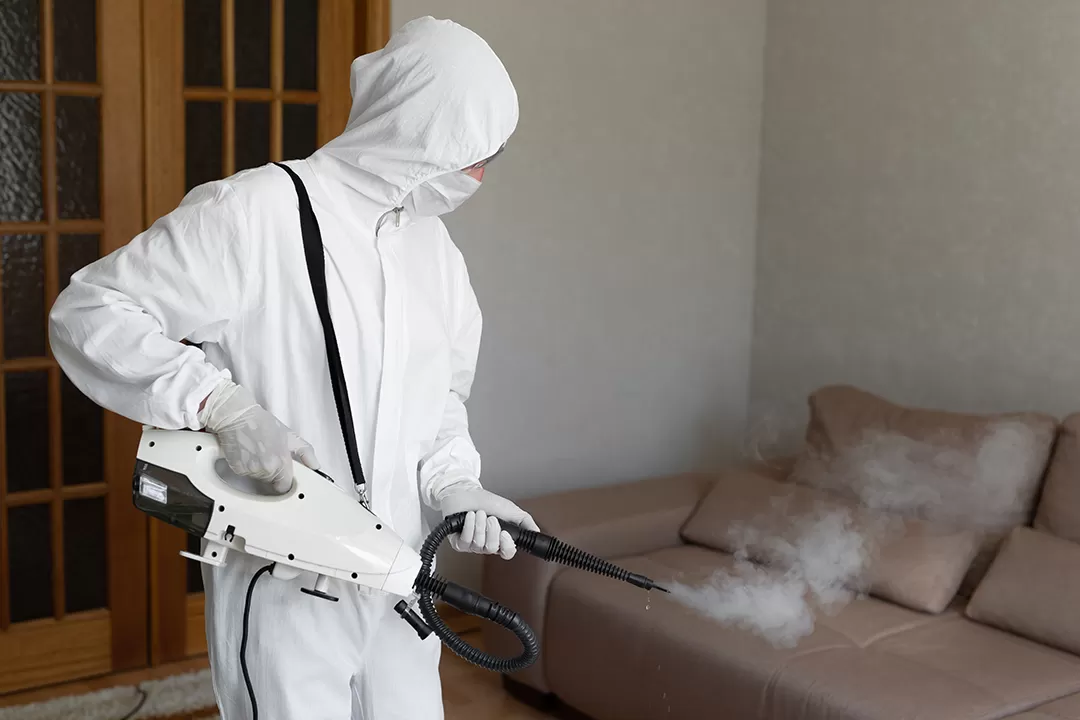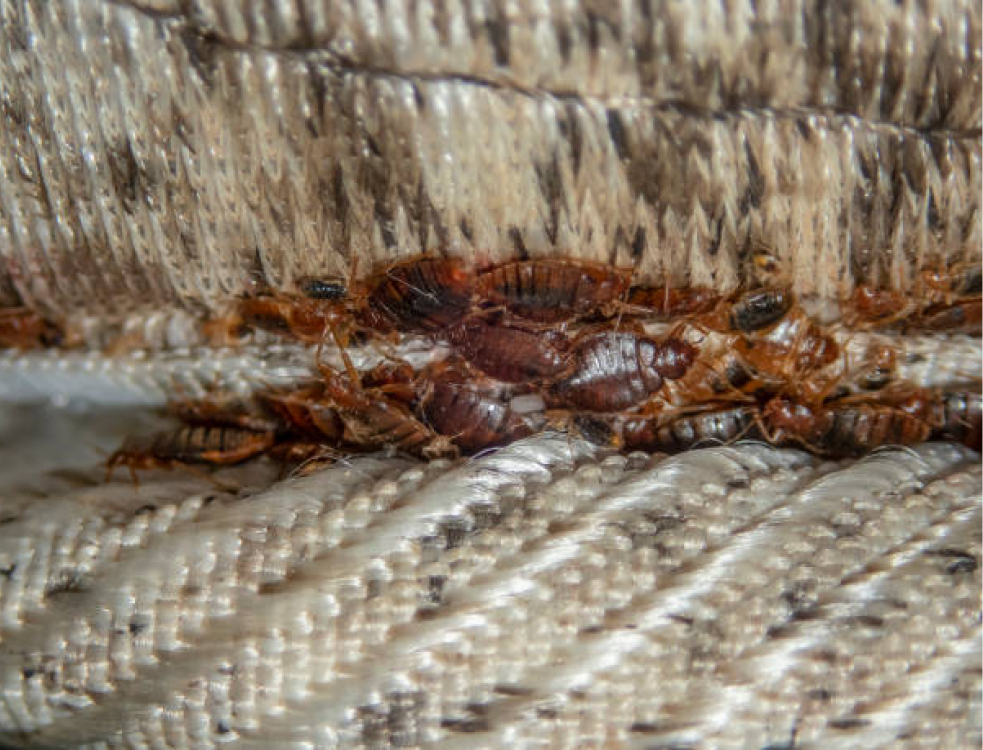Pest control is essential for maintaining a clean and healthy living environment, especially in a tropical climate like Singapore’s. However, traditional pest control methods often involve the use of harmful chemicals that can have adverse effects on both the environment and human health. As awareness of environmental sustainability grows, more people are seeking eco-friendly pest control solutions that are effective yet gentle on the planet. This blog explores various eco-friendly pest control options available in Singapore, highlighting their benefits and effectiveness.
The Importance of Eco-Friendly Pest Control
Eco-friendly pest control is crucial today as it addresses environmental concerns and health risks associated with traditional methods. Here’s why it matters:
Minimizing Environmental Impact
Traditional pesticides can contaminate soil and water, harming aquatic life and disrupting ecosystems. Eco-friendly methods use natural, biodegradable substances to reduce pollution and preserve biodiversity. Biological control methods, for instance, use natural predators to manage pests without environmental harm.
Protecting Non-Target Species
Traditional pesticides often kill beneficial insects like bees and butterflies, which are essential for pollination and ecological balance. Eco-friendly solutions, such as pheromone traps and neem oil, target specific pests without affecting non-target species, supporting natural pest control mechanisms.
Reducing Health Risks
Traditional pesticides pose health risks to humans and pets, including respiratory problems and long-term illnesses. Eco-friendly methods, using non-toxic substances like diatomaceous earth, prioritize safety and reduce exposure to harmful chemicals, making them safer for children and pets.
Promoting Sustainable Practices
Eco-friendly pest control supports broader sustainability goals by reducing reliance on synthetic chemicals and encouraging renewable resource use. Practices like crop rotation and fostering habitats for natural predators contribute to a healthier environment. Adopting these methods drives innovation in green technologies and sustainable pest management solutions.
Integrated Pest Management (IPM)
Integrated Pest Management (IPM) is a comprehensive, environmentally sensitive approach to pest control that emphasizes the use of a variety of practices and strategies to keep pest populations in check. The goal of IPM is to manage pest damage with the least possible hazard to people, property, and the environment. Here’s an in-depth look at the key components of IPM:
Monitoring and Identification
The first step in IPM is regular monitoring and accurate identification of pests. This involves routine inspections and keeping detailed records of pest occurrences. By understanding what pests are present and in what numbers, it becomes possible to determine whether their population levels are high enough to require intervention. This careful monitoring allows for targeted actions and prevents unnecessary treatments.
Prevention
Prevention is a cornerstone of IPM. This involves modifying the environment to make it less conducive to pest infestations. Key preventive measures include:
- Sealing Entry Points: Closing gaps and sealing cracks in buildings to prevent pests from entering.
- Maintaining Cleanliness: Regular cleaning is done to eliminate food sources and hide places for pests.
- Using Pest-Resistant Plants: Incorporating plants that are naturally resistant to pests in gardens and landscapes.
Biological Control
Biological control leverages natural predators, parasites, and pathogens to control pest populations. This method harnesses the natural food chain to keep pest numbers down.
Examples include:
- Ladybugs: These natural predators feed on aphids and other soft-bodied insects.
- Nematodes: These microscopic worms target and kill soil-dwelling pests like grubs and rootworms.
- Bacillus thuringiensis (Bt): A bacterium that produces toxins harmful to certain insects but is safe for humans and other animals.
Mechanical and Physical Controls
Mechanical and physical controls involve using devices and physical barriers to reduce pest populations. These methods are often simple, cost-effective, and low-impact. Examples include:
- Fly Screens: Mesh screens on windows and doors to keep flying insects, like mosquitoes and flies, out.
- Sticky Traps: Adhesive traps that capture crawling insects.
- Pheromone Traps: Traps that use synthetic pheromones to attract and capture specific pest species.
Natural and Botanical Pesticides
Natural and botanical pesticides are derived from natural sources such as plants and minerals. They are generally safer for the environment and non-target organisms compared to synthetic chemicals. Here are some popular options:
Neem Oil
Neem oil, extracted from the seeds of the neem tree, is effective against a variety of pests including aphids, mites, and whiteflies. It works by interfering with the pest’s feeding and reproductive processes. Neem oil is biodegradable and has low toxicity for humans and wildlife.
Diatomaceous Earth
Diatomaceous earth is a powder made from the fossilized remains of diatoms, a type of algae. Its abrasive nature damages the exoskeletons of insects, causing them to dehydrate and die. It is effective against ants, cockroaches, and bed bugs, and is safe to use around humans and pets.
Pyrethrin
Pyrethrin is derived from chrysanthemum flowers and is a natural insecticide that quickly knocks down a variety of insects. It affects the nervous systems of insects, leading to paralysis and death. Pyrethrin is often used in combination with other eco-friendly methods to enhance effectiveness.
DIY Eco-Friendly Pest Control Tips
For those who prefer a hands-on approach, several DIY eco-friendly pest control methods can help keep pests at bay:
Essential Oils
Essential oils such as peppermint, eucalyptus, and tea tree oil have natural insect-repellent properties. Mix a few drops with water and spray around entry points and infested areas to deter pests.
Vinegar Solutions
A mixture of vinegar and water can be an effective deterrent for ants and other insects. Use it to clean surfaces and disrupt ant trails, making it harder for them to navigate and find food.
Herbal Plants
Planting herbs like basil, mint, and lavender in your garden can naturally repel pests. These plants have strong scents that many insects find unappealing, helping to keep them away from your home and garden.
Conclusion
Eco-friendly pest control solutions are becoming increasingly popular in Singapore as people seek to protect their homes and the environment simultaneously. By adopting Integrated Pest Management practices, using natural and botanical pesticides, and choosing eco-friendly pest control services, you can effectively manage pest problems while minimizing your ecological footprint. Embrace these green alternatives to create a healthier and more sustainable living space for you and your family.
To ensure the best results and professional guidance, consider engaging a pest control agency in Singapore that specializes in eco-friendly solutions. These experts can provide tailored strategies and treatments that align with your commitment to sustainability. Contact a local eco-friendly pest control service today to safeguard your home and the environment effectively.


